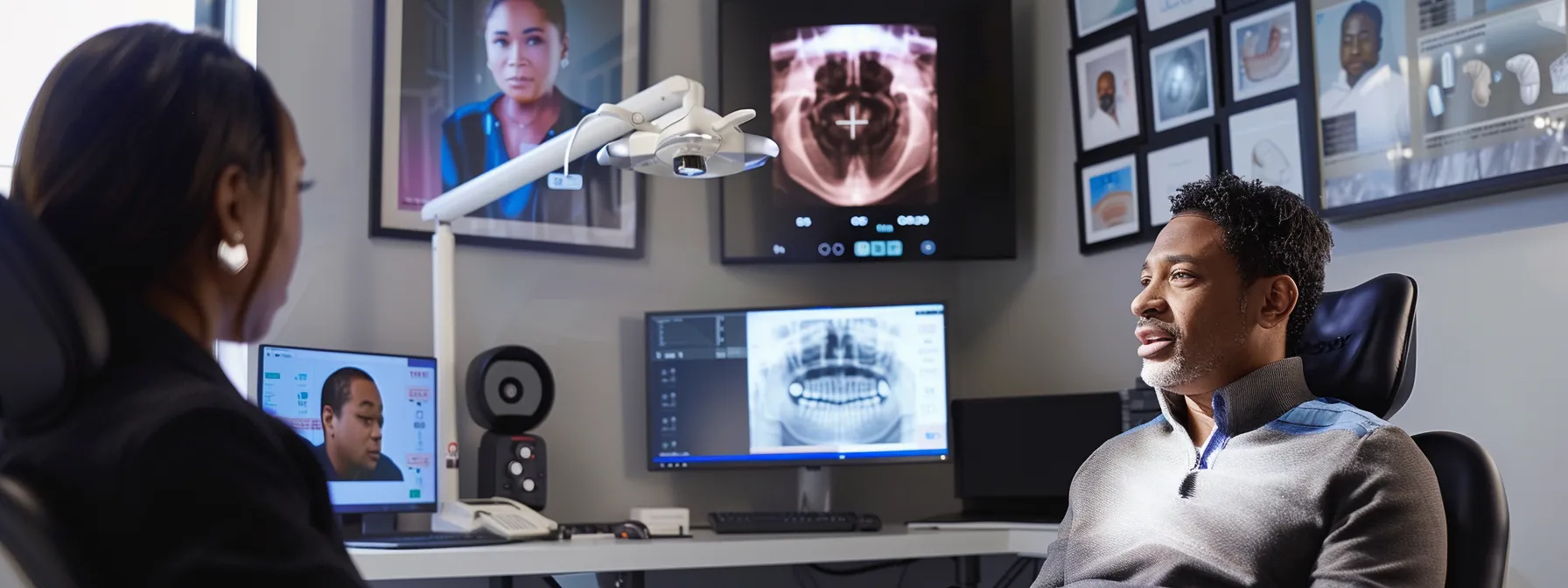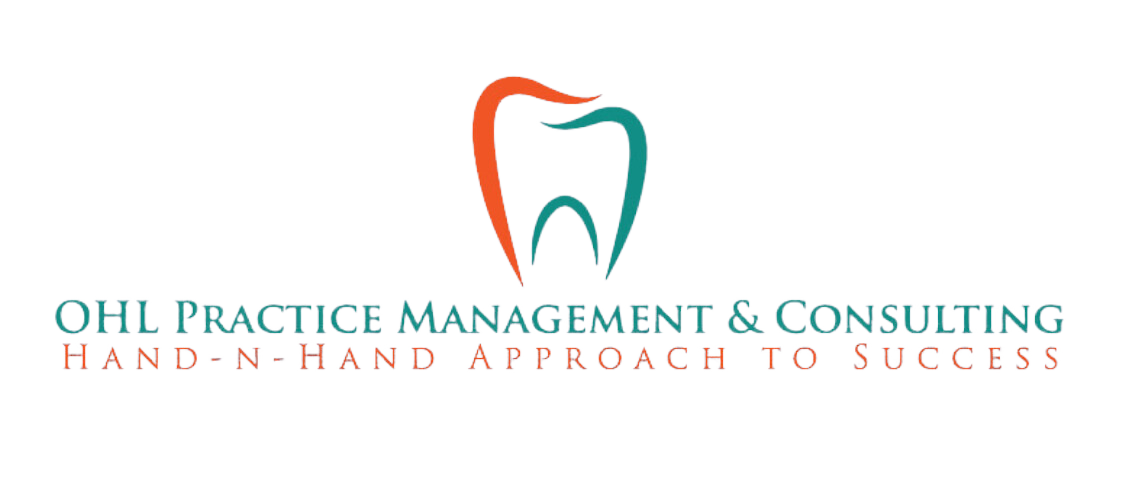Sleep apnea affects millions, yet many remain undiagnosed. This guide explores the causes, symptoms, and diagnosis methods for sleep apnea. Readers will learn how to identify warning signs, understand risk factors, and navigate the diagnostic process. By the end, you’ll have the knowledge to take proactive steps towards better sleep and overall health, whether for yourself or a loved one.
Key Takeaways
- Sleep apnea is a common disorder characterized by breathing interruptions during sleep
- Dental professionals play a crucial role in diagnosing and treating sleep apnea
- Treatment options include CPAP therapy, oral appliances, lifestyle changes, and surgical interventions
- Connecting with specialized healthcare providers and support groups can help manage sleep apnea effectively
- Online resources offer valuable information and assistance for individuals with sleep apnea
Understanding Sleep Apnea and Its Impact on Health
Sleep apnea is a common sleep disorder affecting millions worldwide. This section explores the definition and types of sleep apnea, as well as its prevalence. Understanding sleep apnea is crucial for effective management and treatment, often involving education, learning, and the use of tools like mouthguards. Prosthodontics plays a role in addressing this condition, making it essential for dental professionals to stay informed about dental sleep medicine evolution. Patients can request appointment for further evaluation and care.
Defining Sleep Apnea and Its Types
Sleep apnea is a sleep disorder characterized by repeated interruptions in breathing during sleep. The American Academy of Sleep Medicine recognizes three main types: obstructive sleep apnea (OSA), central sleep apnea (CSA), and complex sleep apnea syndrome. OSA, the most common type, occurs when throat muscles relax and block the airway, often causing snoring and headaches.
CSA happens when the brain fails to send proper signals to the breathing muscles, while complex sleep apnea is a combination of both. These conditions can lead to high blood pressure and other health issues, making dental professionals’ involvement in diagnosis and treatment crucial.
The Prevalence of Sleep Apnea
Sleep apnea affects a significant portion of the population, with estimates suggesting that up to 30% of adults may have some form of this condition. The prevalence increases with age and is higher among certain groups, such as those who are overweight or have a family history of the disorder.
Dental sleep medicine plays a crucial role in addressing this widespread issue, offering qualified professionals who can improve patients’ quality of life through targeted treatments. As the field of neurology continues to uncover links between sleep apnea and various health conditions, the importance of early diagnosis and effective management becomes increasingly clear:
- Age-related increase in prevalence
- Higher risk for overweight individuals
- Family history as a contributing factor
- Role of dental sleep medicine in treatment
- Neurological implications of untreated sleep apnea
Identifying the Causes of Sleep Apnea

Sleep apnea has various causes, ranging from anatomical factors to lifestyle choices. This section explores how obesity, genetics, age, and gender influence sleep disorders. Understanding these factors is crucial for effective diagnosis and treatment, helping reduce sleep deprivation and upper airway resistance. Board-certified professionals in sleep medicine play a key role in addressing poor sleep and improving overall health.
Anatomical Factors Contributing to Sleep Apnea
Anatomical factors play a significant role in the development of sleep apnea. The structure of the upper airway, including the size and position of the mandible, can contribute to airway obstruction during sleep. Individuals with a smaller lower jaw or recessed chin may be more prone to this condition.
Additionally, certain anatomical features like enlarged tonsils or a deviated septum can increase the risk of sleep apnea. During a comprehensive exam at a sleep clinic, medical professionals assess these factors to determine if they contribute to the patient’s sleep disorder or other related issues like gastroesophageal reflux disease.
Role of Obesity in Sleep Disorders
Obesity significantly increases the risk of sleep disorders, particularly obstructive sleep apnea. Excess weight around the neck and throat can compress the upper airway during sleep, leading to snoring and breathing interruptions.
Patients with obesity often require specialized therapy to address both their weight and sleep issues. Board-certified sleep specialists work closely with these patients, developing comprehensive treatment plans that may include weight loss strategies alongside traditional sleep apnea interventions. This holistic approach not only improves sleep quality but also benefits the patient’s overall health and business productivity.
Genetic Predisposition to Sleep Apnea
Genetic factors play a significant role in the development of sleep apnea, with family history increasing the risk of severe obstructive sleep apnea. Individuals with a genetic predisposition may have inherited physical traits that contribute to airway obstruction, such as facial structure or body fat distribution.
This genetic link also extends to conditions like hypertension and fatigue, which are often associated with sleep apnea. Health care professionals, including those with a dental degree, consider family history when assessing patients for sleep disorders, ensuring a comprehensive approach to diagnosis and treatment.
Impact of Age and Gender on Sleep Apnea
Age and gender significantly influence the prevalence and severity of sleep apnea. As individuals grow older, they face an increased risk of developing this condition, with the American Dental Association noting a higher occurrence in men over 40.
Pulmonology experts have observed that postmenopausal women also experience a rise in sleep apnea cases, likely due to hormonal changes affecting muscle tone and body fat distribution. Dental professionals play a crucial role in identifying potential signs of sleep apnea during routine hygiene appointments, paying close attention to signs of bruxism and issues with occlusion that may indicate underlying sleep disorders.
Recognizing the Symptoms of Sleep Apnea
Recognizing sleep apnea symptoms is crucial for timely diagnosis and treatment. This section explores common signs, including daytime fatigue and disrupted sleep patterns. Understanding these indicators can prompt individuals to request an appointment with a physician, who may assess oxygen levels and address pain issues. Insurance coverage for sleep apnea treatment is also discussed, emphasizing the importance of early detection and intervention.
Common Symptoms to Look Out For
Sleep apnea often presents with noticeable symptoms that disrupt daily life. Individuals may experience loud snoring, witnessed breathing pauses during sleep, and excessive daytime sleepiness. These signs can significantly impact one’s health and overall well-being.
Those suspecting sleep apnea should request an appointment with a sleep specialist, who can conduct a thorough evaluation. The gold standard for diagnosis often involves overnight monitoring of breathing patterns and oxygen levels, providing crucial insights into sleep quality.
Daytime Fatigue and Its Implications
Daytime fatigue is a hallmark symptom of sleep apnea, often leading to decreased productivity and quality of life for patients. Research conducted by the American Academy of Dental Sleep Medicine (AADSM) has shown that individuals with untreated sleep apnea experience significant daytime drowsiness, impacting their work performance and personal relationships. Sleep specialists with AADSM certification emphasize the importance of patient adherence to treatment plans to combat this fatigue effectively.
Importance of Monitoring Sleep Patterns
Monitoring sleep patterns plays a crucial role in identifying sleep apnea and assessing its impact on overall health. Sleep specialists often recommend using sleep tracking devices or keeping a sleep diary to gather valuable data on sleep quality, duration, and disturbances.
This knowledge helps orthodontics professionals and sleep airway transformation experts evaluate the risk of sleep apnea and determine appropriate treatment options. Regular monitoring also aids in assessing the effectiveness of interventions and may be necessary for medicare coverage of certain treatments.
Evaluating Diagnostic Methods for Sleep Apnea

Accurate diagnosis of sleep apnea involves various methods, from traditional sleep studies to modern home testing options. The evolution of dental sleep medicine has introduced new diagnostic tools, including quizzes to assess risk factors. This section explores polysomnography, home sleep testing, and the growing role of dental professionals in identifying sleep disorders, offering insights into the most effective diagnostic approaches.
Overview of Sleep Studies and Polysomnography
Polysomnography stands as the gold standard for diagnosing sleep apnea, providing comprehensive data on sleep patterns, breathing, and body movements. This overnight study, typically conducted in a sleep lab, monitors various physiological parameters including brain waves, eye movements, heart rate, and blood oxygen levels. Sleep specialists analyze the collected data to determine the presence and severity of sleep apnea, guiding treatment decisions and improving patient outcomes.
Home Sleep Testing Options
Home sleep testing has emerged as a convenient and cost-effective alternative to traditional in-lab sleep studies. These portable devices allow patients to undergo sleep apnea screening in the comfort of their own beds, monitoring key parameters such as breathing patterns, heart rate, and blood oxygen levels. While not as comprehensive as polysomnography, home sleep tests provide valuable insights that help sleep specialists make informed diagnoses and treatment recommendations.
Role of Dental Sleep Medicine in Diagnosis
Dental sleep medicine plays a crucial role in diagnosing sleep apnea. Dentists trained in this field can spot early signs of the condition during routine check-ups, such as enlarged tonsils or a narrow airway. They often use specialized tools to assess jaw position and airway size, providing valuable insights for sleep specialists. This collaboration between dental professionals and sleep experts helps identify patients who may benefit from further testing or treatment:
Exploring Treatment Options for Sleep Apnea
Sleep apnea treatment options range from non-invasive therapies to surgical interventions. This section explores Continuous Positive Airway Pressure (CPAP) therapy, oral appliance effectiveness, lifestyle changes, and surgical options for severe cases. Understanding these treatments helps patients and dental professionals choose the most suitable approach for managing sleep apnea and improving overall health.
Continuous Positive Airway Pressure (CPAP) Therapy
CPAP therapy is a widely used treatment for sleep apnea, delivering pressurized air through a mask to keep the airway open during sleep. This non-invasive approach effectively reduces breathing interruptions and improves sleep quality for many patients.
While CPAP machines are highly effective, some users find the mask uncomfortable or struggle with compliance, leading sleep specialists to explore alternative treatments or personalized adjustments to enhance patient comfort and adherence.
Oral Appliance Therapy and Its Effectiveness
Oral appliance therapy offers an effective alternative for patients who struggle with CPAP. These custom-fitted devices, designed by dental professionals, reposition the jaw to maintain an open airway during sleep.
Studies show that oral appliances can significantly reduce sleep apnea symptoms and improve sleep quality for many patients, especially those with mild to moderate cases. While not as universally effective as CPAP, oral appliances often boast higher compliance rates due to their comfort and portability.
Lifestyle Modifications to Alleviate Symptoms
Lifestyle modifications can significantly alleviate sleep apnea symptoms. Patients often see improvements by maintaining a healthy weight, avoiding alcohol before bedtime, and sleeping on their side rather than their back.
Regular exercise and establishing a consistent sleep schedule also contribute to better sleep quality. These changes, recommended by sleep specialists, can complement other treatments and enhance overall health outcomes for those managing sleep apnea.
Surgical Interventions for Severe Cases
Surgical interventions offer a solution for severe sleep apnea cases when other treatments prove ineffective. These procedures aim to remove or reposition tissue that obstructs the airway during sleep. Common surgical options include uvulopalatopharyngoplasty (UPPP), which removes excess tissue in the throat, and maxillomandibular advancement, which moves the jaw forward to enlarge the airway. While these surgeries can provide significant relief, they carry risks and require careful consideration by both the patient and their healthcare team:
- Uvulopalatopharyngoplasty (UPPP)
- Maxillomandibular advancement
- Tongue reduction surgery
- Nasal surgery to improve airflow
- Hypoglossal nerve stimulation implant
Finding Support and Resources for Sleep Apnea

Finding support for sleep apnea involves connecting with specialized healthcare providers, accessing community resources, and utilizing online platforms. This section explores how dental sleep medicine experts can assist patients, highlights local support groups, and introduces reliable online sources for information and assistance. These resources help individuals navigate their sleep apnea journey with confidence and proper guidance.
Connecting With Healthcare Providers Specializing in Dental Sleep Medicine
Connecting with healthcare providers specializing in dental sleep medicine offers patients access to expert care and tailored treatment options. These professionals possess in-depth knowledge of both dental health and sleep disorders, allowing them to address sleep apnea comprehensively.
Patients can find qualified specialists through referrals from their general dentist or by searching directories provided by professional organizations such as the American Academy of Dental Sleep Medicine.
Community Resources and Support Groups
Community resources and support groups provide valuable assistance for individuals managing sleep apnea. Local hospitals and sleep centers often host meetings where patients can share experiences and coping strategies. These groups offer emotional support and practical advice, helping members navigate treatment options and lifestyle changes. Online forums and social media groups also connect patients with peers, creating a supportive network that extends beyond geographical boundaries.
Online Platforms for Information and Assistance
Online platforms offer valuable resources for individuals seeking information and assistance with sleep apnea. Reputable websites like the American Sleep Apnea Association provide comprehensive guides, treatment options, and patient forums.
These digital hubs allow users to access expert advice, connect with fellow patients, and stay updated on the latest research and treatment advancements. Many sleep clinics and dental practices also maintain informative blogs and social media accounts, offering practical tips and answering common questions about sleep apnea management.
Conclusion
Sleep apnea, a prevalent sleep disorder affecting millions worldwide, can significantly impact health and quality of life if left untreated. Understanding its causes, recognizing symptoms, and pursuing accurate diagnoses are crucial steps in managing this condition effectively. The comprehensive guide highlights the importance of collaboration between dental professionals and sleep specialists in identifying and treating sleep apnea, emphasizing the role of various diagnostic methods and treatment options tailored to individual needs.
By leveraging available resources, including healthcare providers specializing in dental sleep medicine, community support groups, and online platforms, individuals can navigate their sleep apnea journey with confidence and access the necessary tools for improved sleep health and overall well-being.
Here’s how we help:
- Customized Integration Plans: Tailored strategies to fit your practice’s unique needs.
- Staff Training & Education: Empower your team with the skills to succeed.
- Medical Billing Support: Navigate insurance and maximize reimbursements.
- Marketing Assistance: Reach the right patients and grow your sleep practice.
- Ongoing Mentorship: Continuous support as your program expands.
Don’t let uncertainty hold you back. Schedule a consultation today and start building a thriving dental sleep practice with Ohl Consulting!





